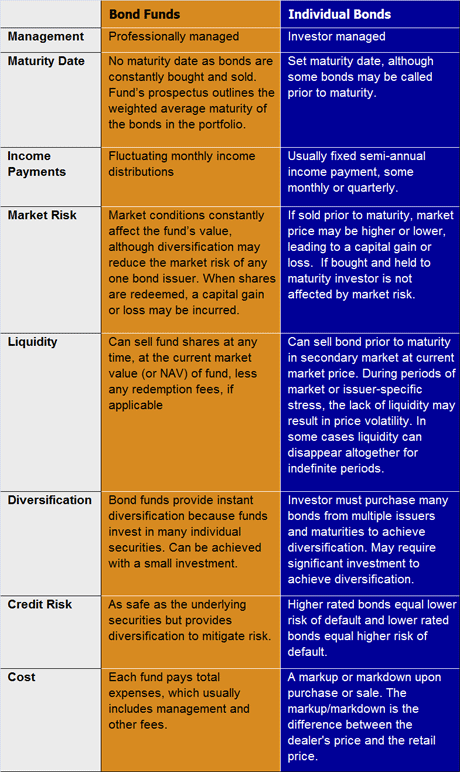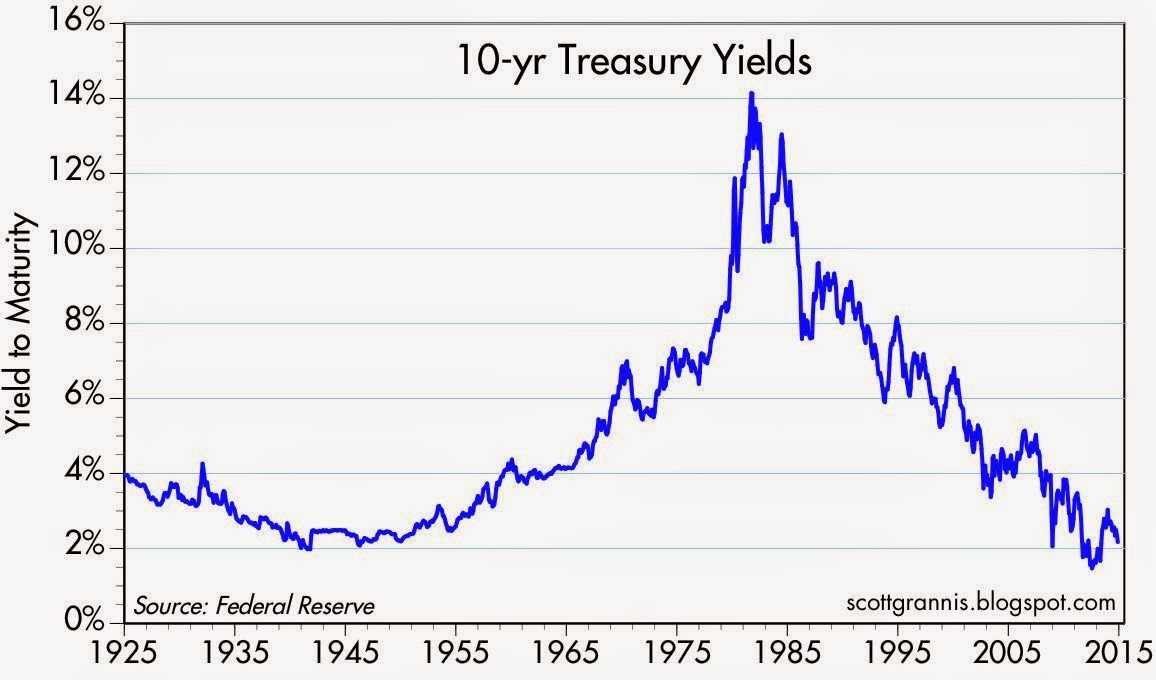The Wonders Of Convertible Bonds (INTC)
Post on: 16 Март, 2015 No Comment

A convertible bond is a hybrid security that combines features of debt and equity instruments. As the name implies, it is basically a bond that can be converted into common stock of the issuer under certain conditions. A convertible bond (or “convert”) can be considered to be a combination of a bond plus a call option on the underlying stock of the issuer. The primary advantage of a convertible bond to an investor is that as a debt instrument, it has a lower level of volatility and a higher degree of safety than the underlying common stock, while retaining some of the upside potential of the common stock. Convertible bonds and convertible debentures are synonymous, since the only difference between a bond and debenture is that the latter is backed by the general creditworthiness of the issuer rather than by any specific assets or collateral.
Why Do Companies Issue Convertible Bonds?
Companies issue convertible bonds or debentures for two main reasons:
- To lower the coupon rate on debt – Investors will generally accept a lower coupon rate on a convertible bond, compared with the coupon rate on an otherwise identical regular bond, because of its conversion feature. This enables the issuer to save on interest expense, which can be substantial in the case of a large bond issue. For example, Intel (Nasdaq:INTL ) issued $1.6 billion of convertible debentures in December 2005 with a coupon rate of 2.95%, maturing in December 2035. The chip giant notes in its 2012 annual report that the effective interest rate – which is the rate for a similar instrument that does not have a conversion feature – is 6.45%. The convertible debenture therefore saves Intel $56 million in annual interest expense, or a staggering $1.68 billion over the debenture’s 30-year life.
- To delay dilution . Raising capital through issuing convertible bonds rather than equity allows the issuer to delay dilution to its equity holders. A company may be in a situation where it prefers to issue a debt security in the medium term (partly since interest expense is tax-deductible), but is comfortable with dilution over the longer term because it expects its net income and share price to have grown substantially over this time frame. In this case, it can force conversion at the higher share price (assuming the stock has indeed risen past that level).
Convertible Bond Terms
All convertible bonds have common terms that can best be explained with the help of an example. Let’s use the example of the Intel debenture mentioned earlier.
- Conversion ratio or conversion rate – This is the number of common shares that can be obtained upon conversion of each $1,000 (or $100) of principal amount (or par value) of the convertible issue. The conversion ratio or rate is stipulated in the bond prospectus or indenture. The conversion ratio may be fixed for the life of the bond, or it may vary in accordance with certain conditions as specified in the prospectus. The effective price at which the common shares are obtained is called the conversion price. Conversion price = $1,000 / conversion ratio. The Intel issue had an initial conversion rate of 31.7162 shares per $1,000 principal amount of the debenture, for a conversion price of approximately $31.53 per common share. This conversion rate is adjusted for certain events set out in the prospectus, such as quarterly dividend payments in excess of 10 cents per share to holders of common stock. Thus, the conversion rate was 32.94 (i.e. conversion price = $30.36) on December 31, 2011 and 33.86 (conversion price = $29.53) on December 31, 2012. The conversion rate as of August 2013 was 34.2385 (conversion price = $29.21).
- Intrinsic value (or parity) – The intrinsic value of a convertible issue is simply the conversion ratio times the current price of the common stock. Continuing with the Intel example, based on its share price of $22.70, the intrinsic value of the 2.95% convertible issue is $777.21 (based on a principal amount of $1,000). If the principal amount or par value being used was $100 instead of $1,000, the intrinsic value would be $77.72.

- Premium – Premium for a convertible issue is the difference between the price at which the convertible bond or debenture can be purchased in the open market (i.e. the ask price) and the issue’s intrinsic value. It is calculated both in dollar and percentage terms.The Intel convertible debenture is offered at $106.25 (for $100 par value) or $1062.50 (for $1,000 par value) in 2013. Based on a principal amount or par value of $1,000, the premium in dollar terms is $285.29 ($1,062.50 — $777.21) or about 36.7%.
- Cashflow payback – Cashflow payback is expressed in years, and it represents the time period needed to recover the premium paid for the convertible issue, as opposed to investing in the common stock. It is calculated by dividing the conversion premium (in dollars) by the difference between (a) the annual interest income on $1,000 of the convertible bond and (b) the annual dividend income on $1,000 worth of the underlying common shares. Intel pays a quarterly dividend of 22.5 cents, or 90 cents annually in 2013. Based on the stock price of $22.70, Intel has an indicated dividend yield of 3.96%. The cashflow payback in the case of the 2.95% convertible debenture is therefore calculated as follows:
Interest income on $1,000 of the 2.95% convertible debenture = $29.50
Dividend income on $1,000 worth of Intel common shares = ($1,000 / $22.70) x $0.90 = $39.65
Cashflow payback = $285.29 / ($29.50 — $39.65) = -28.1 years
The cashflow payback in this instance is negative because Intel’s common stock has a higher yield (3.96%) than the 2.95% convertible debenture (which has a current 2.78% yield or a 2.58% yield-to-maturity). This is a somewhat anomalous situation that is caused by Intel’s relatively high dividend yield on the common stock and the low yield on the convertible debenture.
If Intel only paid an annual dividend of 20 cents on its common stock, the cashflow payback calculation would look materially different = $285.29 / ($29.50 — $8.81) = 13.8 years. This figure of almost 14 years represents the amount of time it would take an investor to recover the premium paid for the convertible issue if Intel’s common stock only paid an annual dividend of 20 cents.
- Call features – This refers to the circumstances under which the issuer can redeem or “call” the convertible issue. In the case of the Intel 2.95% debentures, as of December 15, 2012, the company can redeem all or part of the outstanding issue at 100% of the principal amount of the debentures to be redeemed only if the following condition is satisfied. The common stock price should be at least 130% of the present conversion price for at least 20 trading days during any 30 consecutive trading-day period before the date on which Intel provides notice of redemption. Based on the conversion price of $29.21 in 2013, this means that if Intel trades above $37.97 (130% of $29.21) for at least 20 trading days within a 30-day period, the company can redeem the issue at par. But the odds of Intel reaching that threshold appear rather slim as of 2013, since the stock has traded below $28 for almost the entire time since the debentures were issued except for a brief period in April 2012.
Factors That Influence Valuation
The following factors influence the valuation of a convertible bond:
- Conversion price – the nearer the price of the underlying stock to the conversion price, the more expensive the convertible bond. As the stock approaches the conversion price, the embedded call option becomes more valuable. If the stock is trading far above the conversion price, the convertible will trade in line with the underlying stock. Conversely, if the stock is trading far below the conversion price (in which case the issue is known as a “busted convert”), the convertible will trade as a straight bond. since the embedded call option will have close to zero value.
- Volatility of the underlying stock – Just as higher volatility increases the price of a call. if the underlying stock is volatile, the embedded call option will increase in price and push up the price of the convertible.
- Credit rating changes – Since a convert is basically a debt instrument, credit rating changes are directly related to its price, especially if the issue is a busted convertible. Credit rating upgrades will increase the price of the convertible issue, while credit downgrades will lead to a price decline.
- Changes in interest rates – Similar to conventional bonds, convertibles display an inverse relationship with changes in interest rates.
Applications of Convertible Bonds
Hedge funds and sophisticated investors employ a common arbitrage strategy that involves buying the convertible bond and shorting the underlying stock. This enables them to pocket the difference in yields between the bond and the stock, while hedging much of the risk. Of course, this strategy would not work if the yield differential is negative, as was the case with the Intel example cited earlier.
Convertible bonds are also suitable for investors who want a debt instrument that retains an element of equity upside. While convertible bonds and debentures are generally junior or subordinate to senior debt. they still rank higher than common equity in terms of claims on a company’s assets. The major source of their appeal is that they perform well when equities are in a bull market, but mitigate downside risk during equity bear markets because of their bond characteristics.
Major drawbacks of convertible issues are that they are somewhat complicated to evaluate, and many of them are issued by companies with less-than-stellar credit ratings. It is also difficult to make a case for them during periods of abnormally low interest rates, when numerous stocks have bond yields that are lower than their corresponding dividend yields.
While most convertible issues are traded on an exchange in Canada, they generally trade over-the-counter in the U.S. Convertible bonds have a place in most diversified portfolios because of their hybrid nature that combines debt and equity features.














